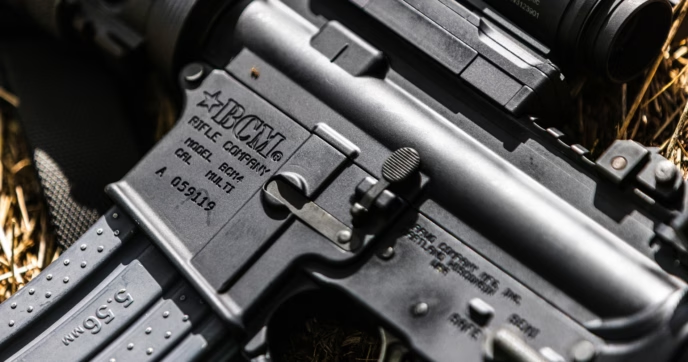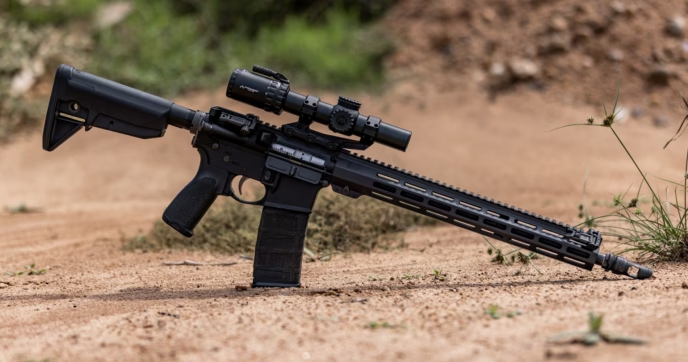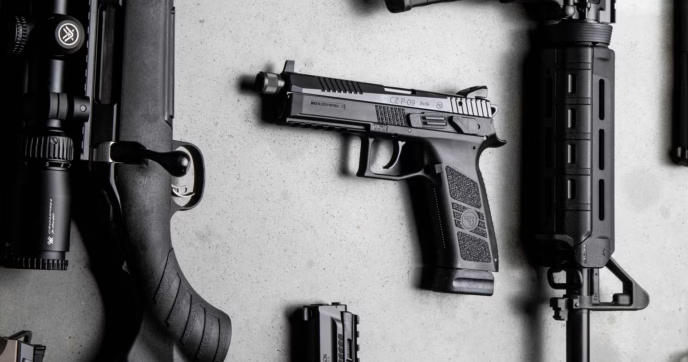AR-15s come with a whole host of strengths, from their limitless customization to their soft, inline recoil impulse. They are easy to control, even under rapid fire, and very intuitive to learn to operate, but sadly, they are not always very easy to tune; at least in the case of standard or mil-spec rifles.
The primary reason for this is that while we can swap out buffer weights and spring strengths to try to control dwell time, we can’t directly control how much gas is fed back into the action from the barrel. Unlike with an adjustable piston design, such as those found in the SIG MCX, FN SCAR, and other rifles, the direct impingement gas system of the AR-15 has no controls over the amount of gas flowing back from the barrel.
Until you install an adjustable gas block, that is.
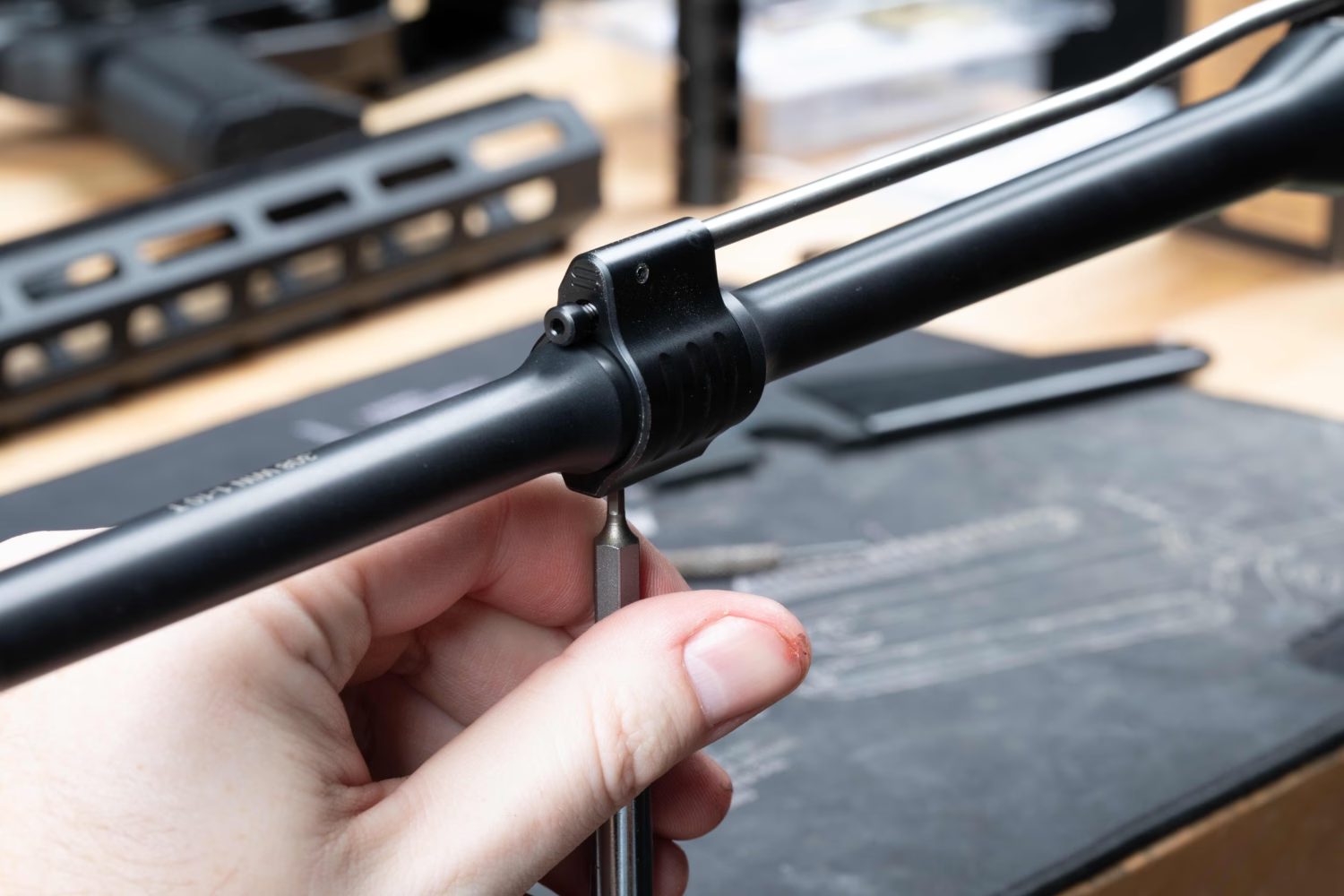
The Role Of The Gas Block
The gas block is a simple, but crucial, hunk of metal that connects the barrel of your AR-15 to your gas tube. It serves as the intermediary between your gas port, the size of which controls how much gas from the gunshot enters the gas block from the barrel, and the gas tube, which can affect how much gas is fed back into the action of the gun.
Of the three, the gas block is the easiest to adjust. The size of your gas port is set when the barrel is manufactured. While a too-small gas port could be bored out, it would require a gunsmith to do so without affecting the function of the barrel. Gas ports also erode with use as the hot gas slowly degrades the metal, so an older, oft-shot rifle will typically have a larger gas port than one fresh off the production line.
AR-15 gas tubes that limit the amount of gas fed into the action are available, but typically they are not adjustable. Rather, you choose a single gas level at which your rifle functions optimally, install that gas tube, and leave it be. This can be a cheap and functional tuning solution, but only if you limit your use to a single configuration.
If you shoot both with and without a suppressor or with a wide range of ammo types, you may have trouble finding a single setting that suffices for all. Additionally, since gas ports do tend to expand with age, you may find that you need to periodically replace the gas tube with a more limiting one to account for the increase in gas volume.
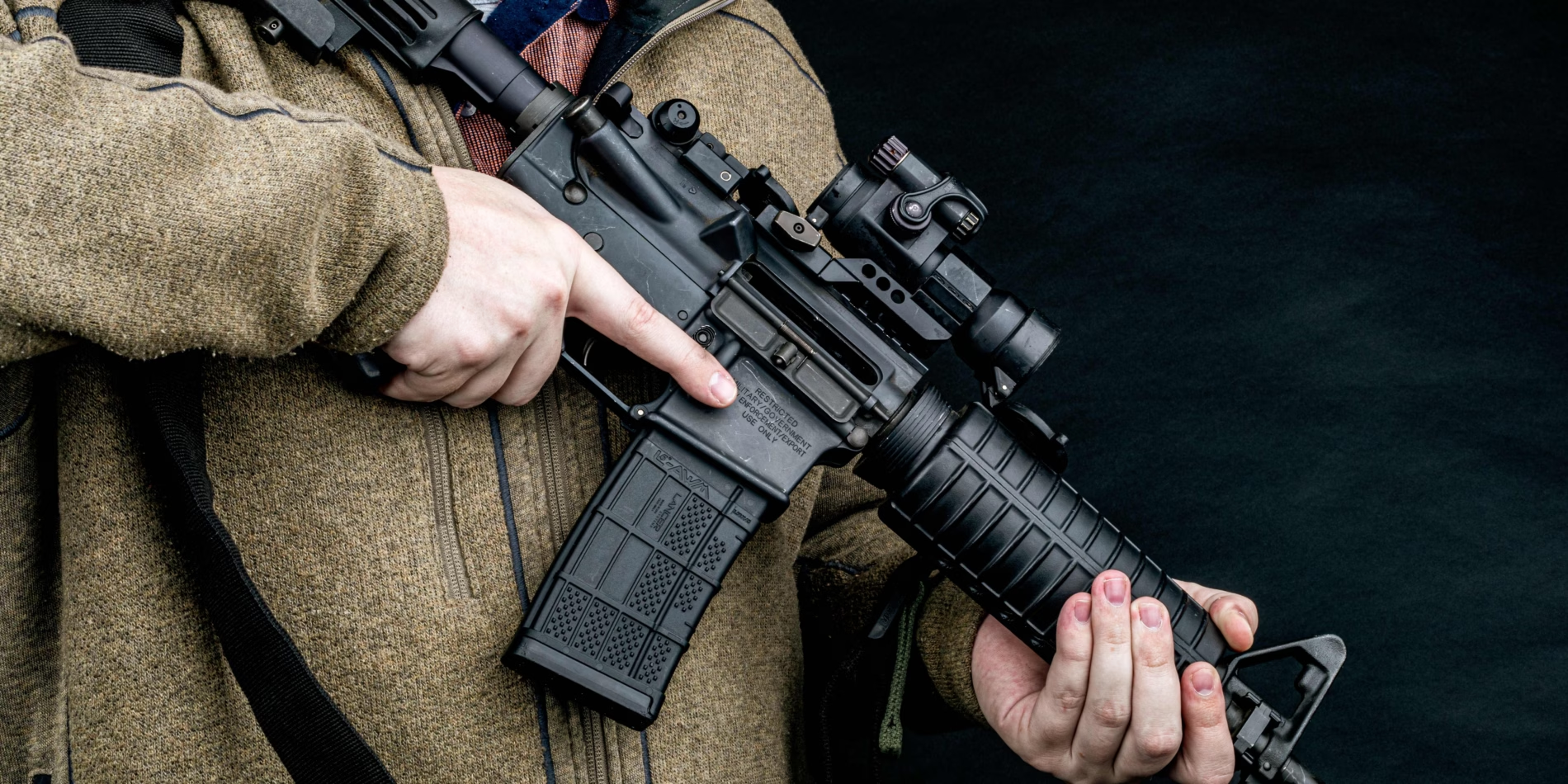
Adjustable Vs. Non-Adjustable Gas Blocks
A non-adjustable gas block is the standard design of the AR-15. They are available without or without an integrated front sight and are really nothing more sophisticated than a bit of molded and machined metal.
Adjustable gas blocks, on the other hand, are available in a wide variety of designs. Most use a screw or other hardware to partially close off the passage between the gas block and the gas tube, which limits the amount of gas that can pass. Others, though, use a vented design to release excess gas out of the system, reducing the amount of strain placed on the other parts.
Similar to non-adjustable gas blocks, adjustable designs are available with or without a front sight post, although low-profile blocks are much more common. Most designs are intended to be fully or partially tucked underneath a handguard, but some are designed with finger-adjustable controls and intended to be left exposed.
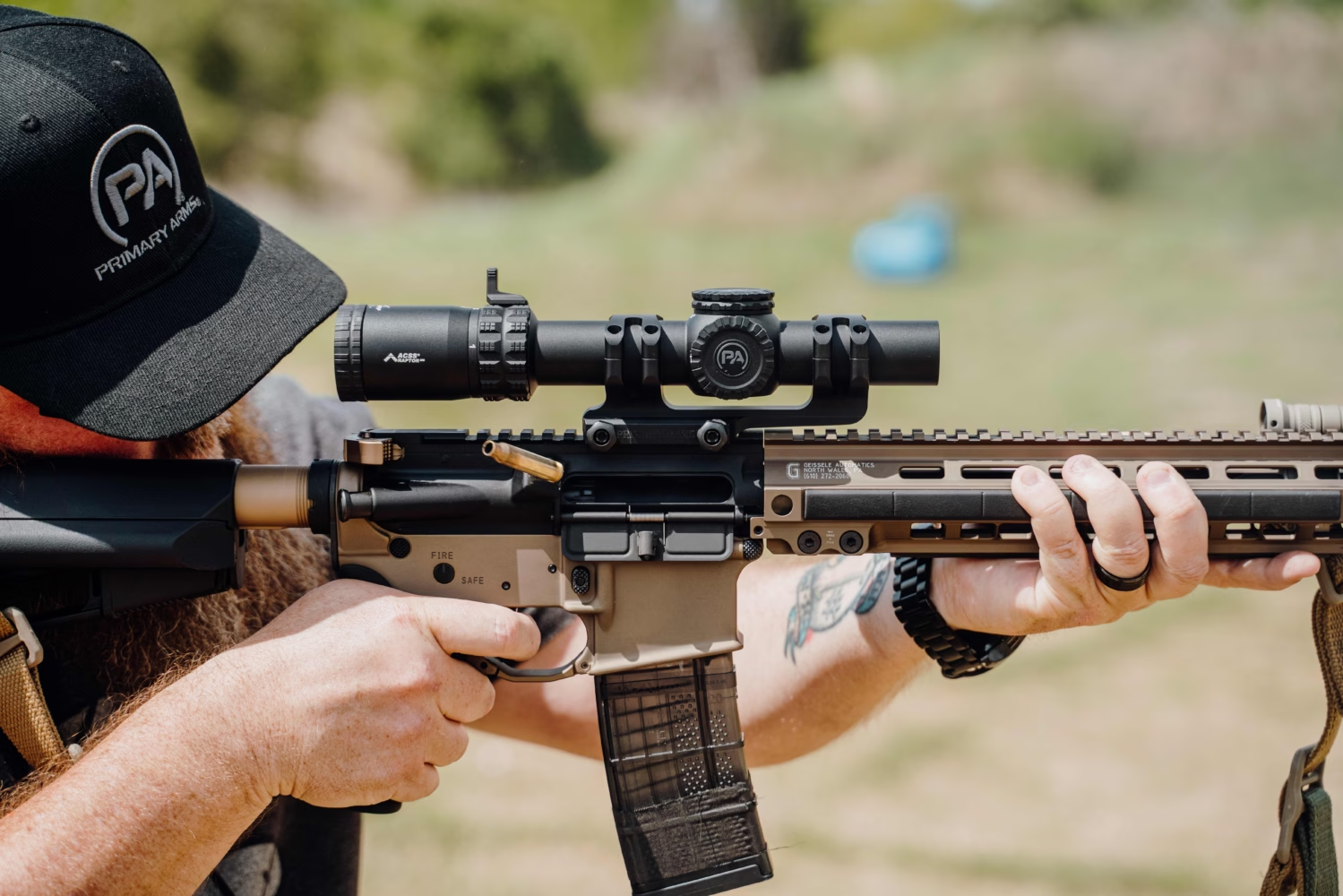
Benefits Of Using An Adjustable Gas Block
An adjustable gas block can be controlled with a screw or lever to fine-tune the amount of gas fed back into the action. Many models can be adjusted on the fly with a simple Allen wrench or even just with your fingers, allowing users to switch between settings for different ammo loads, conditions, or configurations. You can also adjust your gas settings over time to account for gas port erosion without needing to purchase any new equipment.
This gives the user an incredible amount of control and versatility. With an adjustable gas block, a single rifle can be used for an assortment of different purposes and in different setups, all with the perfect amount of back pressure.
It is worth noting, though, that an adjustable gas block is not a catch-all solution for every gas system issue. While adjustable blocks are a great option for tuning a slightly overpressured rifle or compensating for a suppressor on a rifle that was otherwise running properly, they cannot solve for a gas port that is drastically overbored or excessively eroded.
If the source of your issue is a defective part in your gas system—whether the barrel, gas tube, or something else like a worn-out buffer spring—the best solution is always going to be to replace that part with one that is in-spec.
Adjustable gas blocks are a tuning tool, not a repair one. If your AR-15 is not cycling at all, an adjustable gas block is probably not the answer. Trying to account for a grossly oversized gas port with an adjustable block is likely to break the block and fail to remedy the gas issue.

Using An Adjustable Gas Block With A Suppressor
One of the most common applications for an adjustable gas block is to allow for the use of suppressors without excessive gas irritating the user or overpressuring the rifle. It’s common for most suppressor designs to increase the amount of gas fed back into the system by each shot, which can then emerge from the gas port, around the charging handle, or the seam between receivers—an unpleasant experience for the operator.
Excessive backpressure can also affect reliability and operation, causing the bolt carrier group to slam back harder than necessary, increasing recoil, or sometimes overrun the magazine and fail to strip a new round, resulting in an empty chamber. Overgassing also tends to put more strain on the various operating parts of the rifle, increasing wear and reducing lifespan.
An adjustable gas block isn’t strictly necessary to accommodate a suppressor—some rifles may be well-balanced enough that adding a suppressor increases pressure, but not enough to cause a malfunction. Some users also find that a moderate amount of gas escaping from the rifle doesn’t cause them much discomfort.
Symptoms of excessive back pressure can also be ameliorated with other parts, such as a heavier recoil spring and buffer. A common first remedy for overgassing is to swap in an H2 buffer weight, but it isn’t always sufficient to sold the issue.
Where adjustable gas blocks shine, though, is their versatility. By tuning your rifle with an adjustable gas block instead of a heavier buffer or reduced-pressure gas tube, you create the ability to adjust your rifle’s settings on the fly. If you use your rifle both with and without a suppressor, this is a substantial benefit—carrying an Allen wrench in your kit to adjust your gas block is a lot easier than toting around an extra buffer and spring.
Another benefit is the precision of tuning allowed by an adjustable block. Buffers only come in so many different weights, giving you a handful of options at best. Adjustable gas blocks often have many settings or are controlled by a screw that can be adjusted as precisely as you are able. This provides finer adjustment than most other tuning methods.
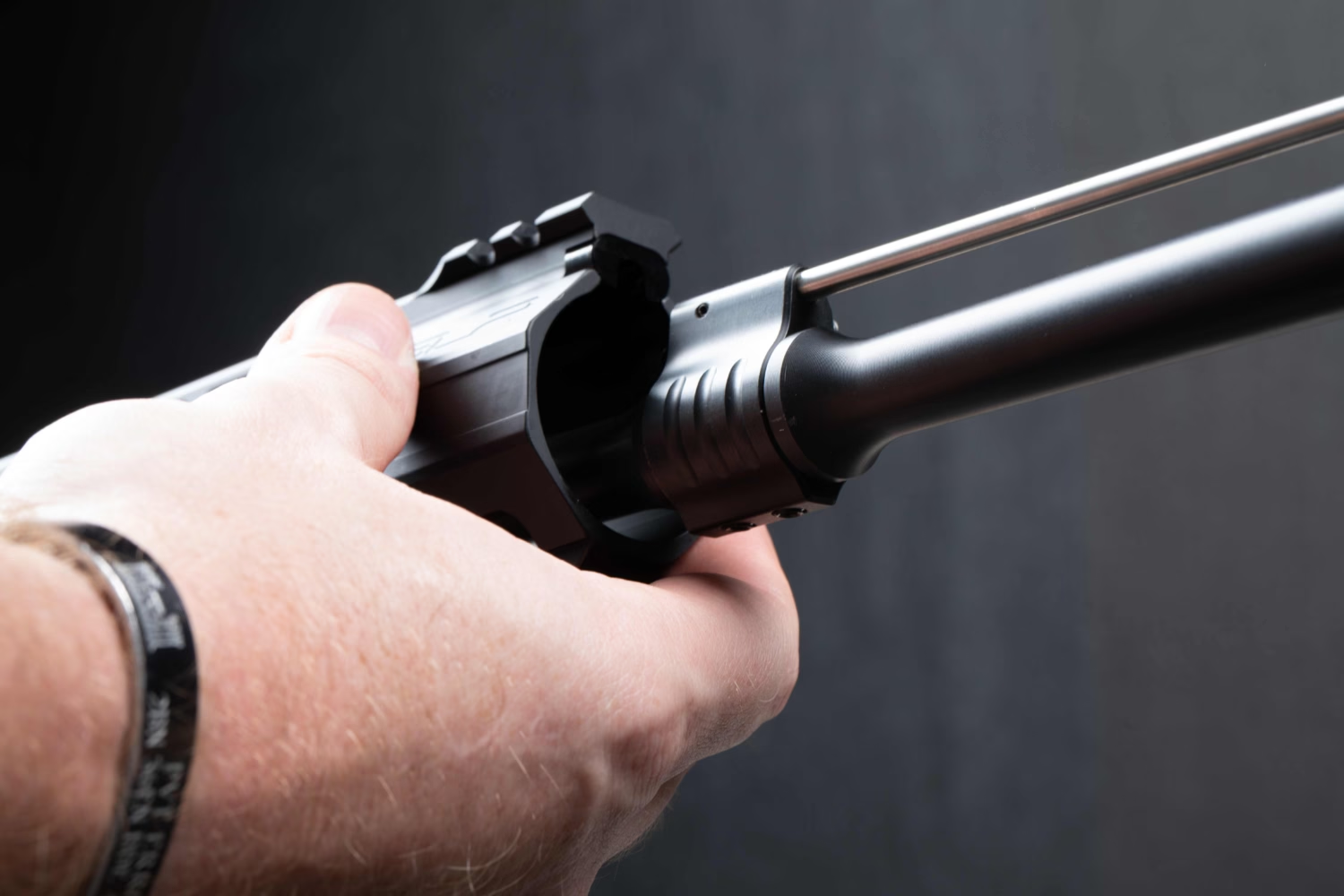
Choosing An Adjustable Gas Block
First, you’ll want to make sure you get a gas block that is compatible with your rifle.
Most adjustable gas blocks use a clamp-on or set screw design. If your barrel is dimpled for set screws, then use can easily use either design; if not, you’ll probably want to opt for a clamp-on design for ease of installation. While any barrel can be dimpled for set screws, the operation is more precise than most casual enthusiasts are willing to undertake, and getting it wrong can be disastrous.
Secondly, your gas block must be properly sized. Different barrels have different gas journal dimensions—that is, the size of the section of the barrel that the gas block fits around. The most common gas journal sizes are .750″ and .625″. If you’re not sure about the size of your journal, measure it with a pair of calipers or consult the manufacturer.
Beyond compatibility with your rifle, the best gas block for you will primarily be a function of what features you require and how much you are willing to spend. As with most things, a block that is richer in features will typically be more expensive than a basic one, and those extra features may or may not apply to your use case.
Superlative Arms adjustable gas blocks, for instance, contain a unique gas-bleeding feature that most other blocks do not. This allows their gas blocks to vent excessive pressure, extending the life of the block and its components.
Other gas blocks may offer features like 2-piece designs for easy installation, premium finish options, or lockable settings.
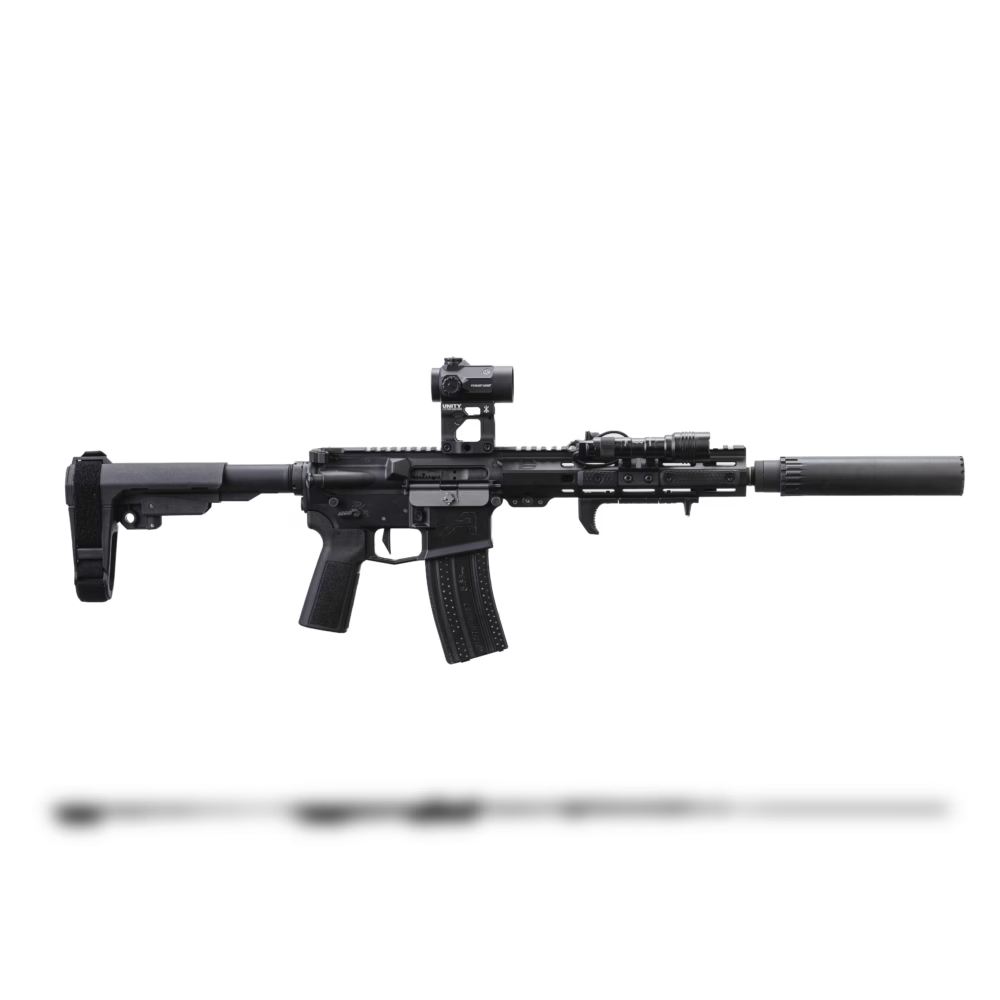
Conclusion
An adjustable gas block isn’t a magical fix for any and all gas system issues. If something is significantly defective in your rifle, an adjustable block usually won’t be sufficient to make up for it.
For tuning an otherwise functional—if sub-optimally gassed—rifle, though, few options offer as precise or versatile tuning as an adjustable gas block. So long as you take care to select the right attachment design and gas journal size, an adjustable gas block is sure to be an improvement to your rifle.
